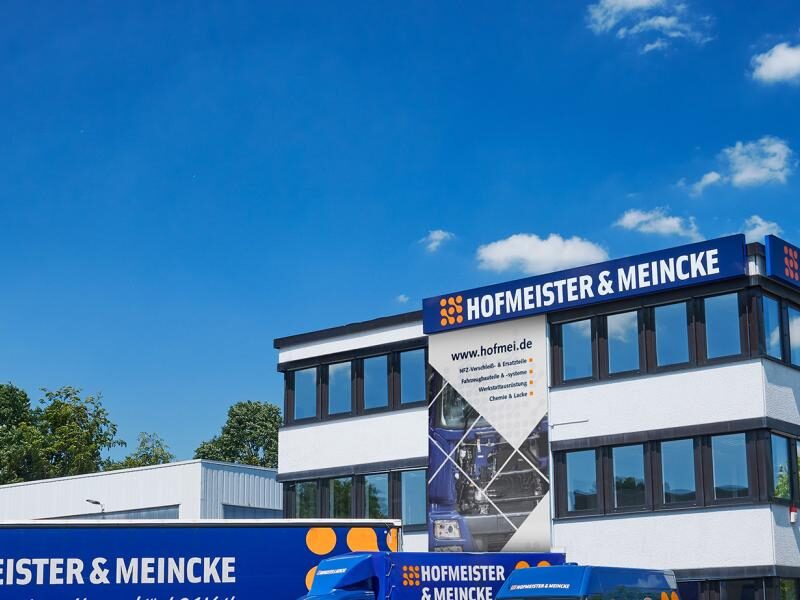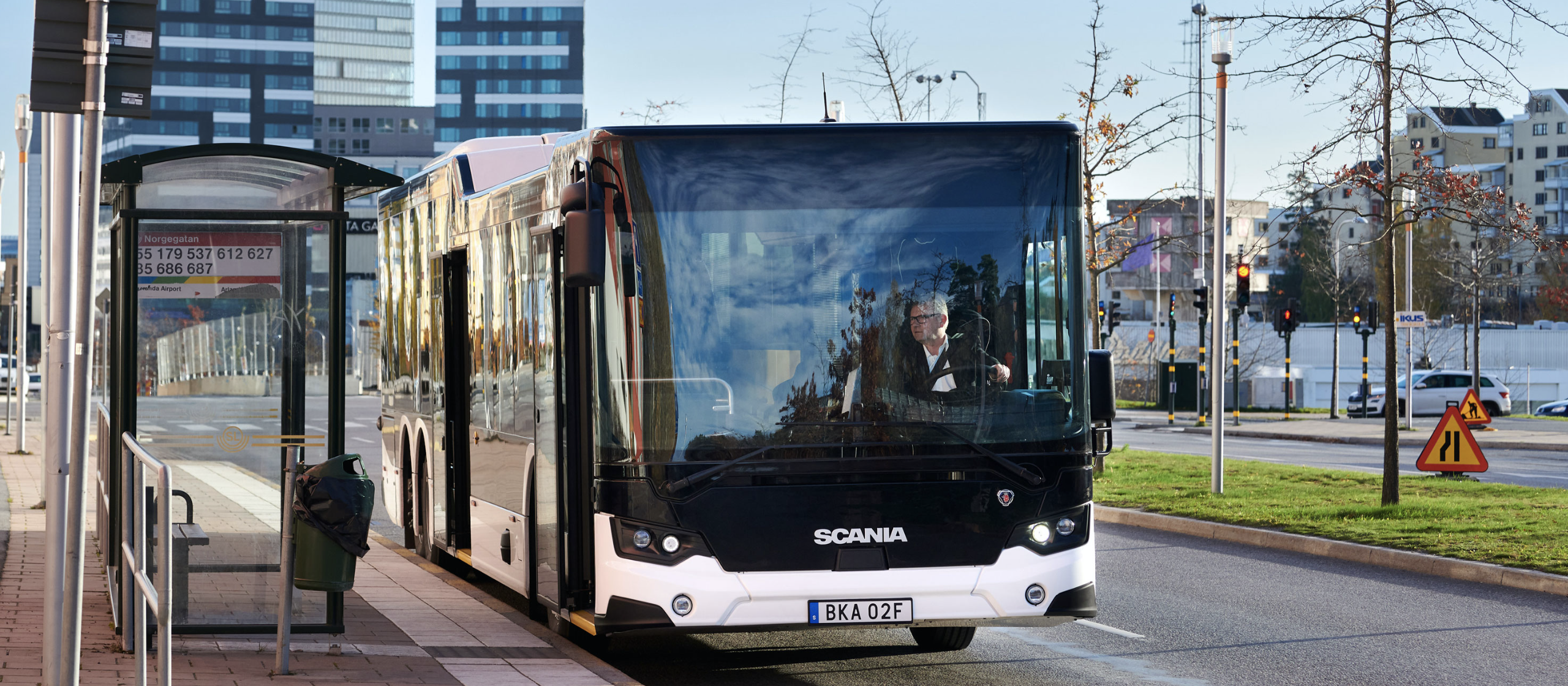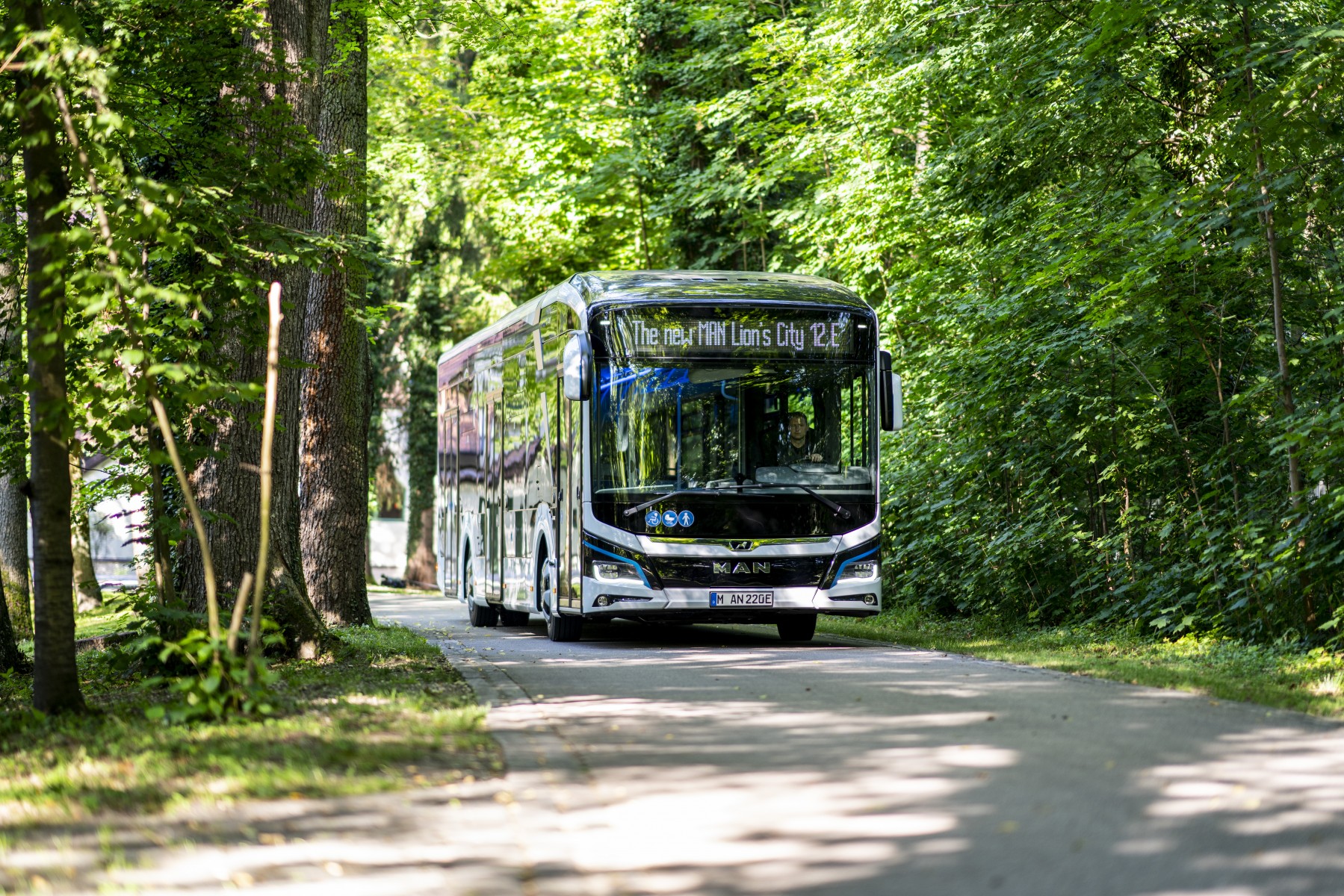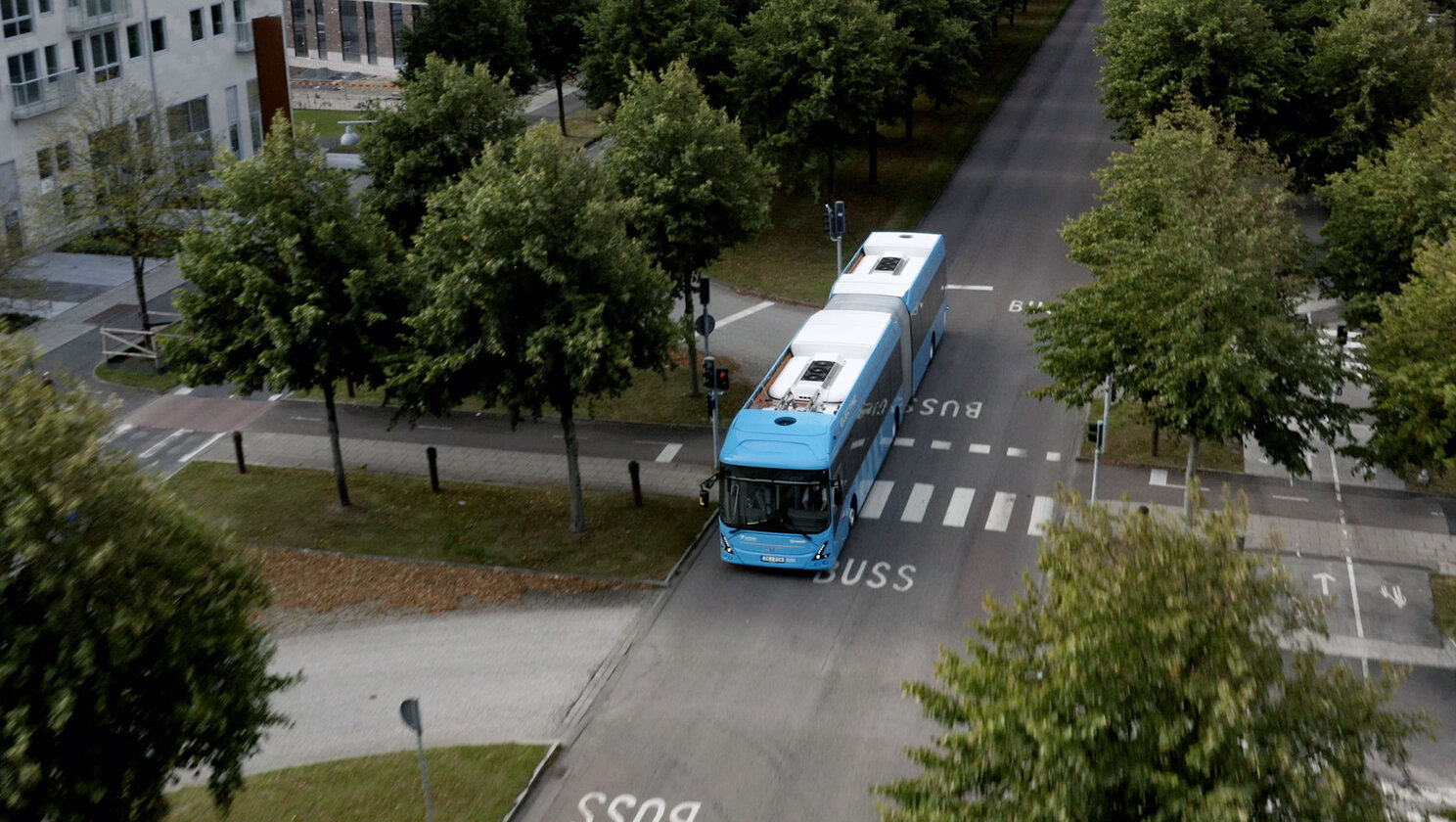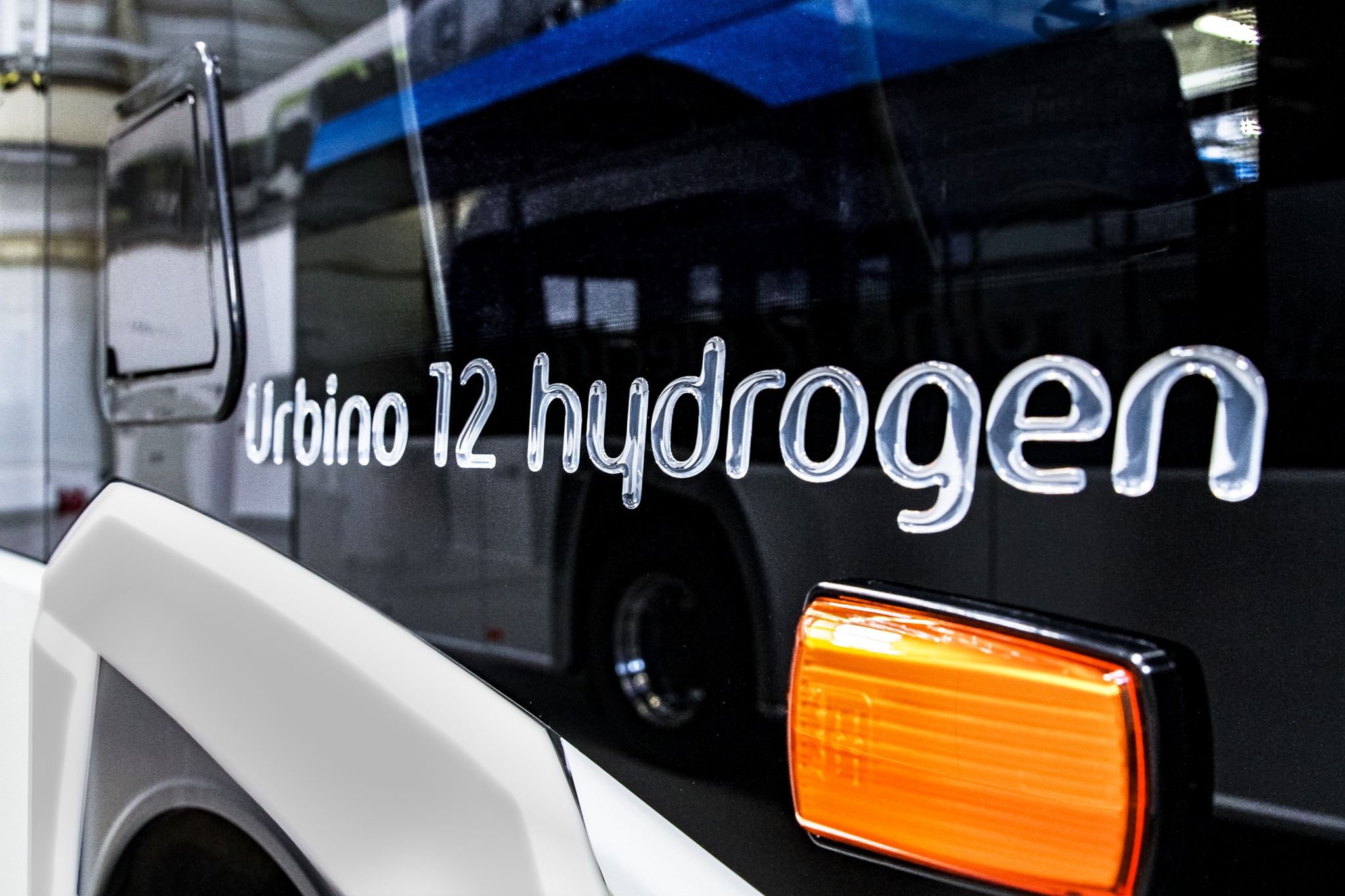Scania Citywide Tested in Freezing Temperatures to Ensure Passenger Comfort
City buses must be equally comfortable for passengers in biting cold and in scorching heat. Scania has therefore subjected its new generation Scania Citywide buses to some of the most adverse climate conditions on earth.
The indoor climate in buses must be perceived by all passengers as pleasant, regardless if they’re standing or seated throughout the entire buss from front to rear. That, in itself, is challenging with doors repeatedly being opened and letting in busts of cold or warm air.

The Scania Citywide bus was winter tested in Arvidsjaur, just south of the Arctic Circle, where night temperatures can drop to -30 degrees in January and February.
Senior Technical Adviser at Scania R&D, Pär Jolind, said:A city bus should at least hold an indoor temperature of 15 degrees in the bus when it’s -20 degrees outside. The aim is that the climate should be as evenly distributed as possible in the passenger area. To achieve god climate conditions, the system must be able to respond to many different factors: few or many door openings, varying climate, the outside temperature with or without sun, humidity – there are so many factors at play.
With sensors throughout the bus, indoor temperatures are recorded along the ceiling, at head height of standing passengers and at a similar height of seated passengers. Gradually the climate system is fine-tuned to suit as many passengers as possible.
Jolind, added:These days, bus rides are much more comfortable climate-wise, especially for the driver but also the passengers benefit from a better climate than 20 years ago.
Scania offers a complete range of city buses and coaches for public transport operators and coach companies. Our offer also includes tailored solutions to help solve today’s urban mobility challenges.
This article was originally published by Scania.











